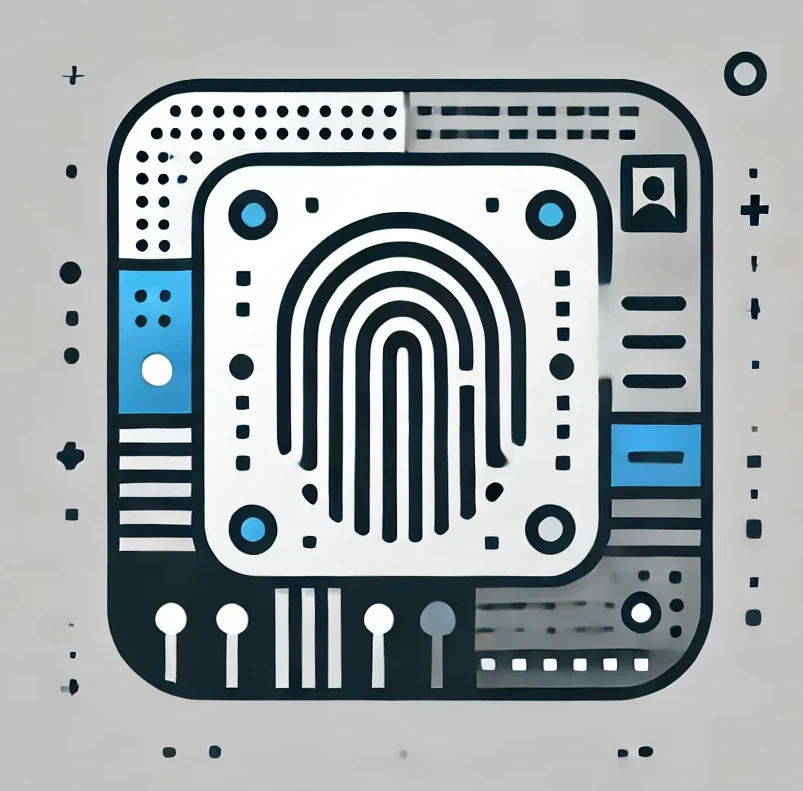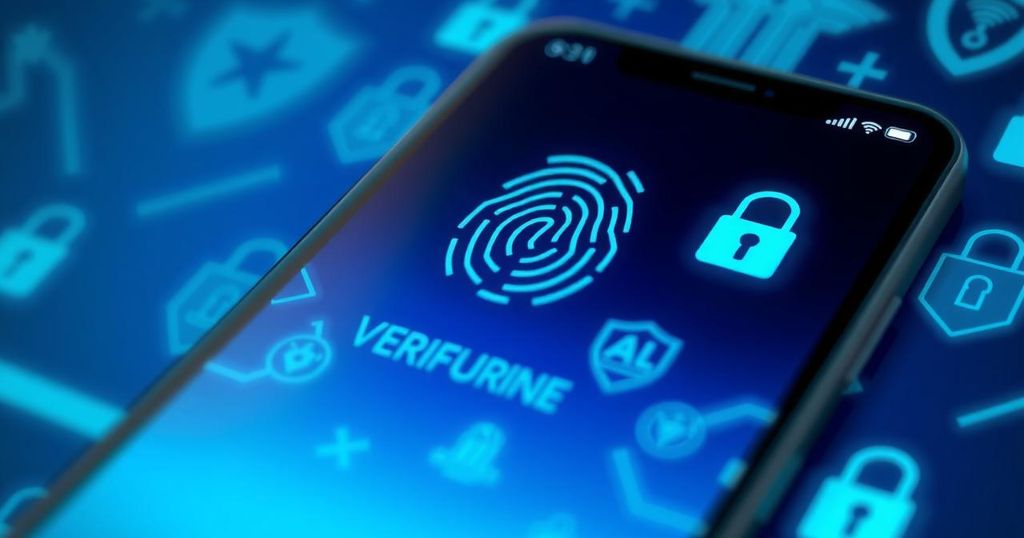Bumble has introduced a biometric ID verification feature to combat romance scams. Users can show a verification badge on their profiles after uploading ID and a selfie. This feature aligns Bumble with Tinder’s similar initiatives and includes a new safety tool called “Share Date” for sharing date details with trusted contacts.
Bumble has launched a biometric ID verification feature aimed at combating the increasing number of romance scams. Although optional, users who complete this verification can showcase a badge on their profile to indicate their authenticity. This technology, developed by Veriff, is being rolled out in 11 markets, including the U.S. and U.K., with further expansion plans in the pipeline.
To verify their identity, users must upload a government-issued ID, like a passport or driver’s license, along with a selfie for comparison. The app also provides features that allow users to filter for verified profiles and request verification from potential matches.
This initiative places Bumble in direct competition with Tinder, which introduced similar verification measures, including face liveness detection, starting in Japan in 2019, with a global rollout expected in 2024. Other verification features from Tinder include selfie biometrics and video selfies implemented in 2020.
Additionally, Bumble is launching a new safety feature called “Share Date,” which enables users to send date details to trusted contacts and manage updates through the app. The rise in romance scams, which often involve scammers gaining the trust of users only to solicit money, has prompted these urgent security measures.
Bumble’s introduction of biometric ID verification is a proactive step to enhance user safety against romance scams. By enabling profile badges and providing verification tools, Bumble aims to foster a more secure dating environment. The new safety features, including “Share Date,” complement these efforts, establishing a robust framework to protect users while engaging on the platform.
Original Source: identityweek.net





